Tee Ball Equipment Checklist
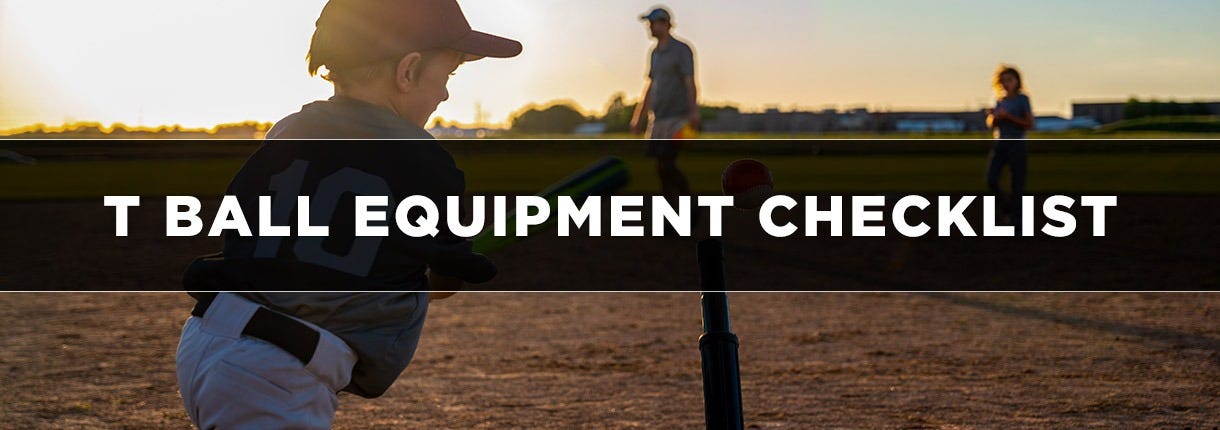
T-ball, the entry point to the exciting world of baseball, is a game specially designed for our little champions to introduce them to the fundamentals of the sport. With its adjustable rules and emphasis on fun, it has gained remarkable popularity among young children and parents alike. To ensure an enjoyable and successful T-ball experience, having the right equipment is crucial. Having the appropriate gear not only enhances the overall experience but also ensures the safety and comfort of the players. From the right-sized glove that fits snugly to the perfect bat that can be easily handled, each piece of equipment plays a vital role in shaping a child's T-ball journey.
Download our comprehensive Tee Ball Equipment Checklist to ensure you have everything your young player needs to kick off their baseball journey with confidence and excitement!
In this article, we’ll cover:
T-Ball Bats
Choosing the appropriate T-ball bat for your budding athlete is crucial for their comfort and success on the field. T-ball bats designed for young players are crafted to be lightweight, easy to handle, and balanced to help develop proper swing mechanics. They often incorporate innovative technologies that minimize vibrations and offer a more forgiving hitting surface, making the learning process more enjoyable and less intimidating for beginners. Moreover, these bats adhere to safety standards, reducing the risk of injuries during play. Here's a guide to help you select the right bat based on your child's age and size, along with some reliable brands renowned for their quality and durability.
Length and Weight Recommendations
A T-ball bat should typically range from 24 to 27 inches in length and weigh between 13 to 16 ounces. It's important to find a bat that allows the child to comfortably swing without feeling too heavy. To see what length and weight might work best for your t-ball player, consult this sizing chart below.
Ages 4-6
Tee ball bats are designed specifically for young players just starting with baseball. These bats usually range from 24 inches to 27 inches in length and weigh between 12 ounces and 16 ounces. They also have a 2 1/4 inch barrel diameter, much smaller than adult-sized bats, making them easier to swing and control.
| Player Size/Age | 4 | 5 | 6 |
|---|---|---|---|
| Small | 25/13 | 25/13 | 25/13 |
| Medium | 25/13 | 25/13 | 26/14 |
| Large | 25/13 | 26/14 | 27/15 |
*Please see brand-specific charts to see what’s best for you or your player.
Recommendations for Reliable T-Ball Bat Brands and Models:
Franklin Sports: Known for their high-quality, durable bats, Franklin Sports offers a range of T-ball bats designed specifically for young players, ensuring a comfortable and enjoyable experience. Check out Franklin’s T-ball bats here.
Easton: Renowned for their innovative designs, Easton produces T-ball bats that combine performance with lightweight construction, aiding in better swing control and increased power. Check out Easton’s T-ball bats here.
Marucci: A well-respected brand in the baseball industry, known for its high-quality equipment and commitment to superior craftsmanship. Marucci Tee Ball Bats are specifically engineered for young players, offering an ideal combination of balance, control, and durability. Check out Marucci’s T-ball bats here.
T-Ball Gloves
Having a well-fitted T-ball glove is essential for young players as it not only enhances their performance but also ensures their safety and comfort on the field. A properly fitted glove allows for better control, enabling young players to catch the ball more securely and with greater confidence. With a glove that fits snugly, players can focus on refining their catching and throwing techniques, laying a solid foundation for their future in baseball.
In T-ball, the focus is on introducing young players to basic baseball skills rather than specialized positions, making it unnecessary to have different gloves for specific roles. Using the same glove for all positions promotes versatility and adaptability, allowing players to practice catching grounders, pop-ups, and line drives, which are fundamental skills across all positions. Additionally, this approach is practical for parents and coaches, considering budget constraints and ensuring equal access to equipment for all players.
Tips for choosing the right glove for your player:
- T-ball gloves come in sizes from 9 to 11 inches. Select a size that fits the hand snugly.
- Choose the glove based on whether the player is right-handed or left-handed.
- Look for soft, durable materials like synthetic or genuine leather that offer flexibility and longevity.
- Prioritize gloves with adjustable wrist straps or Velcro closures for a customizable fit, along with padded linings for added comfort and protection during play.
T-Ball Helmets
Safety is paramount in T-ball, and a well-fitting helmet is essential to protect young players from potential head injuries during the game. When purchasing a helmet for your T-ball player, choose one with proper padding and a secure fit for the best safety and comfort. For sizing, consult our batting helmet buying guide. A comfortable helmet allows the player to focus on the game and not be distracted by their helmet. A comfortable player is a confident player!
When shopping for helmets or your tee ball players, ensure you get a NOCSAE-certified helmet with ear flaps. Some tee-ball leagues require helmets to be equipped with a face mask. Make sure you verify your league's helmet rules before purchasing a helmet. Consider helmets with an adjustable fit system. These allow for a customized fit for different-sized younger players.
At BaseballMonkey we carry many helmets that will have your t-ball player feeling confident and protected on the field. We offer products from brands such as Rawlings, Easton, Mizuno, All-Star, Marucci, and RIPIT. View our complete list of helmets here.
Baseballs for T-Ball
T-Ball uses a special baseball, similar to professional baseballs, but with a few important differences. T-ball baseballs are constructed with a softer core and spongy exterior. For younger players, this makes them easier to grip, catch, and throw. The soft core helps minimize the risk of injuries during play while also helping to improve the player’s confidence. Removing the fear of injury helps players develop baseball fundamentals and keep a positive attitude toward baseball.
During practice, it is helpful to have at least 3 to 4 baseballs per player. Having a few extras helps keep the practice continuous and minimizes the amount of time you will spend chasing baseballs.
Discuss the recommended type and quantity of T-ball baseballs and explain the importance of using soft-core baseballs for safety reasons.
When purchasing T-ball baseballs, we recommend looking at products from Rawlings and Diamond. Links to these products can be found here.
T-Ball Batting Tee
Batting Tees are a fundamental aspect of T-ball as there are no pitchers at this age. Instead, players take turns hitting the baseball off the tee. This helps players develop hand-eye coordination, batting technique, and swing mechanics. Using a tee also helps players build confidence and muscle memory.
There are a few types of batting tees available. Traditional Tees have a simple design with an adjustable height. Weighted base tees provide enhanced stability stopping the tee from falling over during practice. Finally, portable tees are lightweight and easy to move around. When selecting the tee that is best for you, consider what benefits are important to you and your player.
For T-ball, we recommend looking at a weighted base tee. T-ball players are still developing their skills and do not always make solid contact on every swing. Having the tee fall after each swing can be annoying and harmful to the confidence of the player. Franklin, Champro, and Rawlings all have great options for T-ball tees. To view our selection of tees click here.
T-Ball Cleats
When gearing up for the t-ball season, it can be tempting to just stick with regular sneakers. However, opting for cleats is an important step to ensure your athlete gets the most from their playing experience. T-ball cleats are specifically designed with the younger athlete in mind and offer the player enhanced traction, improved performance, and added protection on the field. When choosing the best cleats, consider the field surface (grass, turf, or dirt) your athlete will be paying on. Different cleat designs are tailored for different surfaces. Consult our cleat buying guide for more information on the types of cleats available.
When shopping for tee ball cleats, consider looking at brands such as Nike, New Balance, and Mizuno. These brands offer cleats that have great traction and comfort for your t-ball player.
T-Ball Gear Bag
The amount of gear needed for T-ball can quickly add up. Having a dedicated bag to store and carry everything is a great convenience. T-ball baseball bags help keep your gear in one spot along with protecting it from damage. Look for a T-ball baseball bag that has dedicated pockets for gear such as gloves, cleats, balls, batting helmets, and other gear. Keeping these items separate keeps them protected and helps your player stay organized. The size of the t-ball bas should be large enough to fit the needed gear, but not too large for younger players to handle. Consider whether a backpack or rolling bag is best for your player.
Size is an important factor when shopping for a T-ball bag. Companies like Franklin, Easton, and Marucci all offer bags specific to youth players. You can explore our baseball bag offerings by clicking here.
Protective Gear
In addition to the must-have gear, some gear that is optional, but recommended. This protective gear offers benefits that can help players feel more secure and perform at their best without the fear of injury.
- Batting gloves
- Batting gloves give the player a better grip on the bat when hitting. They also are more comfortable, prevent blisters, and help dampen the vibrations from hitting the baseball.
- Wrist Guards
- Wrist guards provide protection and support to the wrist when hitting and fielding. They help prevent injuries such as bruises and sprains. Some wrist guards feature padding to provide even more protection.
- Mouthguards
- Mouthguards protect the teeth from injury when hitting or fielding. They also play a role in reducing the risk of concussions. T-ball players are often new to catching and fielding, so opting for the increased protection of a mouthguard is one way to keep them as safe as possible on the field.
When shopping for protective gear, look for brands such as Shock Doctor, Franklin, and G-Form. Be mindful of the sizing and look for specific youth variants of products. These are designed with the dimensions of the youth player in mind.
Team Uniform
Team uniforms play a significant role in fostering a sense of unity, identity, and belonging among T-ball players. They promote a feeling of camaraderie and team spirit, encouraging players to work together towards a common goal. Additionally, uniforms contribute to the professional appearance of the team, create a sense of equality among players, and make it easier for spectators, coaches, and officials to identify and differentiate between teams during games and tournaments.
The common components of a T-ball uniform typically include:
- Jerseys
- Jerseys often feature the team's colors, logo, and player numbers for easy identification. Just like every piece of equipment, the size and fit is crucial. Make sure to get a jersey that does not restrict performance or hinder it by being too baggy.
- Pants
- T-ball pants are comfortable, flexible, and durable. They are often designed with reinforced knee areas for added protection during slides or falls. The only some in a few color options, so be sure to select the one that matches the rest of your team. Some pants have an elastic waistband and some require a belt. Be sure to select the option that is most comfortable for your player.
- Socks
- Socks complement the look of the baseball uniform. They often match the team colors so be sure to select the color required by your team. Baseball-specific socks are often longer to provide increased protection when sliding.
- Hat
- The hat is a key part of the uniform, but not only for aesthetics. It helps protect the players from the sun and shield their eyes from glare during fly balls. Be sure to select a hat that is the right size. It should not be too loose that it will fly off in the wind.
Taking care of your t-ball equipment is vital to ensure longevity and performance during the season. A few extra steps can help keep your equipment in good shape and ready for the field.
- Bat Care
- Keep the bat clean and dry. Do not use chemicals or abrasive cleaners. Store in a cool, dry place, and out of direct sunlight to prevent cracking of paint.
- Glove Care
- Clean the glove with conditioner to remove dirt and sweat. Avoid using water or damp environments. Store it in a cool, dry place. If kept in a baseball bag, ensure it is not squished by other gear, and keep a baseball in the pocket to maintain its shape.
- Uniform Care
- Follow the washing instructions on the uniform's label to ensure proper cleaning without damaging the fabric or colors.
- General Equipment Care
- Regularly inspect all equipment, such as helmets, cleats, and protective gear, for signs of damage or wear. Repair or replace any worn-out or broken parts to ensure the equipment remains safe and functional. Store all equipment in a designated, well-ventilated area to prevent mold or mildew growth. Use equipment bags or racks to keep everything organized and easily accessible for practices and games.
Having the right T-ball equipment is essential for ensuring a successful and enjoyable playing experience for young athletes. It not only enhances their performance and safety on the field but also contributes to their confidence, comfort, and overall enjoyment of the sport.
The equipment covered in this checklist included required equipment such as bats, balls, gloves, tees, helmets, cleats, and bags. We also looked at some recommended equipment such as batting gloves and protective equipment along with the essential components of the uniform.
The significance of maintaining and caring for T-ball equipment cannot be overstated. Proper cleaning, storage, and regular inspections are key to extending the lifespan of the gear.
As you prepare to equip your young T-ball players for their sporting journey, consider using the provided checklist as a comprehensive guide when purchasing gear. Paying attention to the specifics outlined in the checklist can help you ensure that your young players have the right equipment to support their growth, development, and enjoyment of the game. Best of luck and have a great time playing T-ball!
How do you set up a T-ball field?
Most t-ball fields have a distance between the bases of around 50 feet. There is a circle drawn around the home plate with a radius of 10 feet and a circle with a 6-foot radius for the pitcher’s area.
How many kids do you need for t-ball?
A typical t-ball team has 10 players take the field at a time. There are 4 players in the outfield.
How should I dress for t-ball?
When playing t-ball it is important to wear your team’s baseball jersey, baseball pants, baseball socks, cleats, and a hat.
How many bases does a T-ball have?
There are typically four bases in t-ball. They are around 50 feet in distance and arranged in a typical baseball diamond.



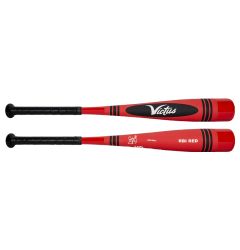

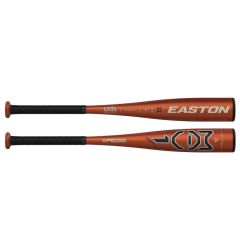


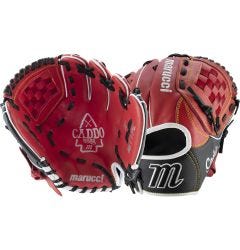
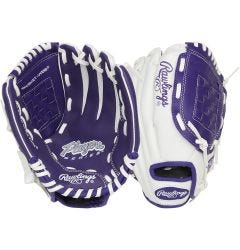

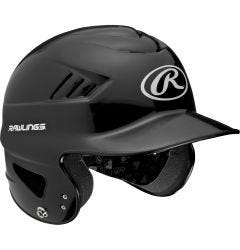

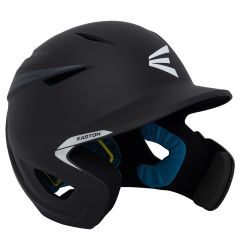


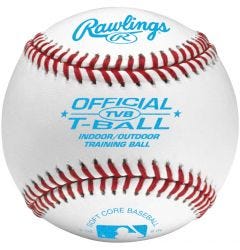

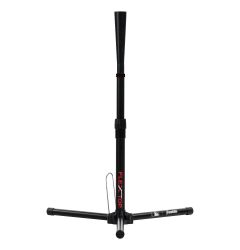

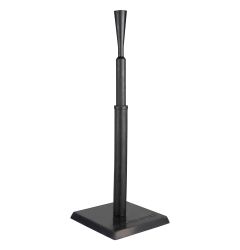
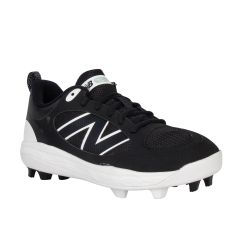





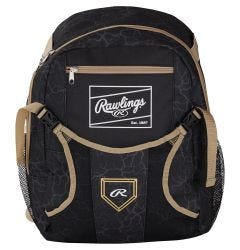

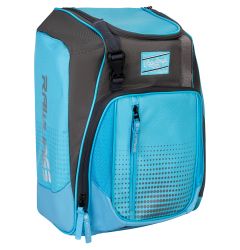

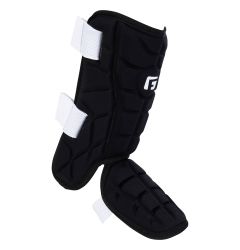

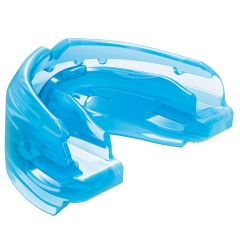






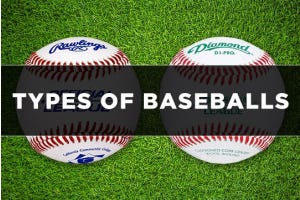
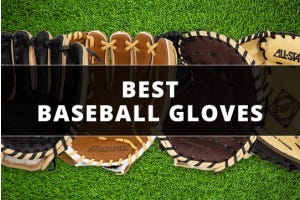
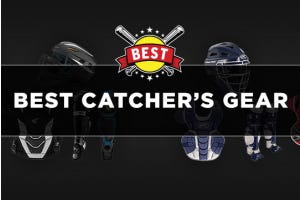
Login and Registration Form
or
Create an account